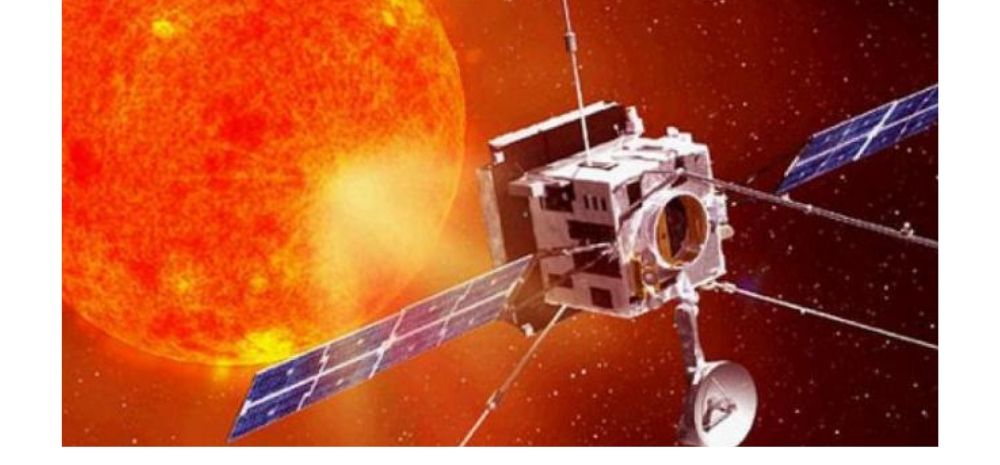India Aims To Conquer The Sun; Announces Aditya-L1 Solar Mission For 2020

After the recent success of the moon mission, Chandrayaan 2, ISRO is now stretching out to reach the sun!
ISRO is looking to develop a spacecraft mission that will be sent to observe the Sun in 2020. This mission is aptly named Aditya-L1 or Aditya, whose literal translation is the Sun.
This is following the recent success of the launch of the Chandrayaan 2 mission, which is India’s second moon mission. Chandrayaan 2 was launched two days ago, i.e. July 22, 2019, and is expected to land on the moon around August 20, 2019.
Read on to find out more!
ISRO’s Solar Mission: Aditya-L1 To Be Launched In 2020
The research organization has revealed the details on its official website, where they have also stated that this mission will offer researchers and solar scientists from all a wide range of opportunities.
This solar mission is named Aditya-L1, and will be carrying out an observation of the corona of the sun. The corona of the sun is the outer layer of the sun which is spread over a thousand kilometers.
K Sivan, who leads the Indian Space Research Organization spoke during a new conference last month, saying, “It is 1.5 million kilometres from the Earth. It will always look at the Sun and give analysis of the corona because it has a major impact on climate change.”
He has specified that the mission has been planned to launch sometime during the first half of 2020. He has also added that another mission of reaching out to Venus is also in the pipeline and will be put into reality in the next 2-3 years.
Aditya-L1 Expected To Solve Some Age Old Issues
The corona gets heated to extremely high temperatures and the reason behind the surge in temperature of the corona is still an ‘unanswered question in solar physics.’ The temperature of the corona is more than a million degrees Kelvin, which is actually higher than the solar disc temperature, which is around 6000K.
On its website, ISRO speaks about the mission highly, and expects the Aditya-L1 to solve some age-old issues. The website says, “..the enhanced Aditya-L1 project will enable a comprehensive understanding of the dynamical processes of the sun and address some of the outstanding problems in solar physics.”
Additionally, the Aditya-L1 will be utilized to provide observations of the photosphere, chromosphere of the sun. Also, particle payloads will be used to study the particle flux emitting from the sun.
We will keep you informed as more updates come in.

Comments are closed, but trackbacks and pingbacks are open.